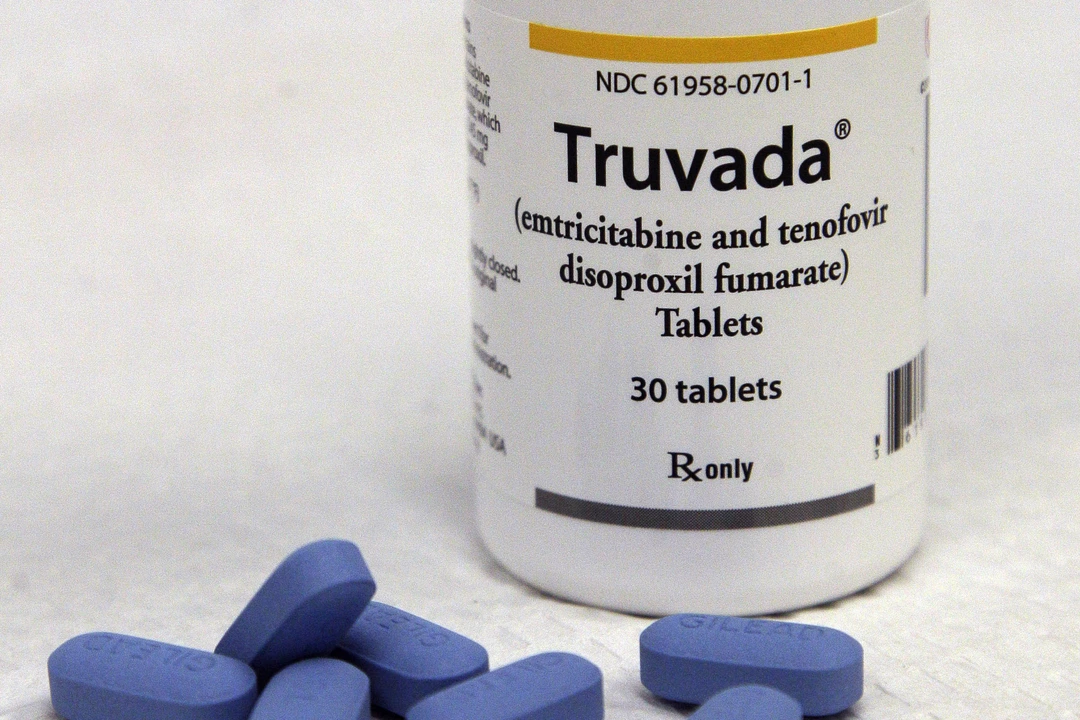HIV/AIDS prevention: practical steps to lower your risk
HIV can be scary, but preventing it is mostly about smart, simple choices. This page gives quick, useful actions you can use right away: how to get tested, what protection works, the role of medicines, and where to find help. No fluff—just steps that actually reduce risk.
First, get tested. You can’t manage what you don’t know. Many clinics, community centers, and at-home kits offer fast, low-cost tests. Knowing your status helps you make safer choices and link to care if needed. Ask about repeat testing—frequency depends on your risk, but regular checks matter if you have new partners or other exposures.
Fast ways to reduce your risk
Condoms: Use them for vaginal and anal sex every time unless you and your partner agree on another plan. Use a new condom for every act, check the expiry date, and use water-based or silicone lube to prevent tears. Female condoms and dental dams offer extra options for different situations.
PrEP (pre-exposure prophylaxis): A daily pill that cuts HIV risk a lot for people exposed regularly. There’s also an on-demand dosing method for some people who have sex less often—talk to a clinician to see which fits you. Many clinics and assistance programs help cover the cost.
PEP (post-exposure prophylaxis): If you think you had a recent high-risk exposure—condom break, unprotected sex, or needle sharing—get to a clinic or ER right away. PEP must start within 72 hours, so don’t wait. It’s emergency use only, not a replacement for regular prevention.
Treatment as prevention: If someone is living with HIV, staying on antiretroviral treatment and keeping an undetectable viral load prevents sexual transmission (U=U). That makes regular care and medication adherence powerful prevention tools.
Extra practical tips and next steps
People who inject drugs should always use new needles and syringes. Needle exchange programs and supervised services provide clean supplies and health referrals. If you share supplies, ask local health services where to get sterile equipment.
Get vaccinated against hepatitis B and HPV—these vaccines protect against infections that can complicate health for people at risk. Also, regular STI screening is smart: other STIs can raise HIV risk, and treating them lowers that risk.
If exposure happens, act fast: get tested, seek PEP, and follow up with visits at recommended intervals. Talk honestly with partners and health staff—confidential services are widely available. Local health departments and community groups can help with testing sites, PrEP access, and support groups.
Prevention isn’t one single thing. It’s a mix of testing, protection, medicines, and support that you tailor to your life. Use what fits you, keep learning, and reach out to local clinics or community groups for practical help and up-to-date info.
